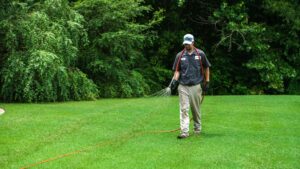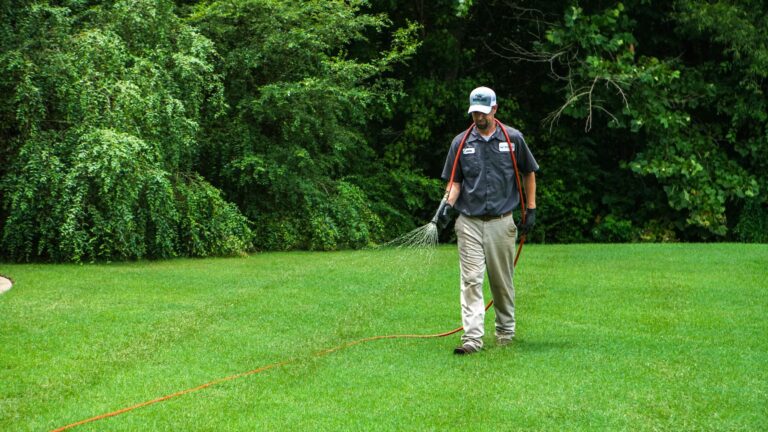Water damage to a residence can be distressing and arduous. The aftermath can be immensely burdensome, regardless of whether it is the result of flooding, breaches, or an unforeseen catastrophe. This guide will streamline the water damage restoration process to assist you in efficiently restoring your property to its pre-damage state.
Step 1: Evaluate The Security Of The Premises
It is imperative to verify the safety of your residence prior to entering. Examine for structural damage, such as weakened floors or walls. Unplug the affected areas of power and exercise caution around electrical hazards. To prevent direct exposure to potentially contaminated water, consistently don protective gear, including footwear and mittens.
Step 2: Record The Damage
Prior to beginning cleanup, document the extent of the water damage for insurance purposes. Take photographs or videos of the damaged areas and objects. Thoroughly note the damage, as this information will be crucial for submitting an insurance claim. By maintaining accurate records, you can receive appropriate compensation and expedite the claims process.
Step 3: Contact Your Insurer
Remedy the water damage immediately by notifying your insurance provider. Your claim will be evaluated more effectively if you furnish them with the paperwork and specifics of the damage. Additionally, knowing what repairs and replacements may be covered by your policy will provide you with a clearer understanding of your coverage.
Step 4: Eliminate Standing Water
Stagnant water should be removed as soon as possible. Blotting and mopping may suffice for small areas. In the event of more extensive flooding, consider implementing a wet-dry vacuum or a submersible pump. By efficiently and rapidly eliminating water, these implements can avert additional harm. Implement appropriate disposal procedures in accordance with local regulations for the collected water.
Step 5: Dry The Affected Area
Importantly, dry the afflicted area after removing any residual water. To facilitate the drying process, employ fans and dehumidifiers and, if practical, leave windows ajar. It is critical to prevent the development of mold and mildew, which can begin within 24 to 48 hours after exposure to moisture.
Step 6: Sanitize And Contain
Mold and pathogenic microorganisms may be introduced into a residence by water damage. Warm water and detergent must be used to thoroughly dry all damp areas. In order to eliminate any residual mold particles and bacteria, disinfect these areas after cleansing. To achieve effective disinfection, utilize a solution comprising 1 cup of chlorine and 1 gallon of water.
Step 7: Conscientiously Discard Any Damaged Items
Certain irreparably damaged items may need to be discarded. Although this is essential, these items must be discarded responsibly. There may be specific disposal requirements for contaminated
materials, such as drywall and insulation. Consult the waste management services in your area for specific provisions.
Step 8: Prevent Mold Proliferation
Maintain air circulation with dehumidifiers and blowers to further prevent mildew growth. Mold-infested areas may require removal and replacement if visible indications suggest their presence. Mold remediation specialists may be required to be retained in situations involving significant mold growth.
Step 9: Repair And Restore
Major renovations, such as room reconstruction, may be necessary to repair and restore a residence to its original condition, while minor fixes, such as drywall replacement and painting, may suffice. Whether or not it is feasible to employ specialized contractors in water damage restoration may depend on the magnitude of the damage.
Step 10: Determine And Revise Your Insurance
Review your insurance policy following the restoration job. Your recent experience may have revealed a potential oversight in coverage. It is advisable to update one’s policy to obtain adequate coverage for such damages in subsequent occurrences, thereby fortifying one’s preparedness.
Conclusion
With the proper strategy, the daunting task of restoring a water-damaged home can be made manageable. Every stage is essential in restoring a residence, beginning with the assessment of the damage and concluding with the finishing details. Speed and diligence are, in fact, the critical elements for successful water damage restoration. Accelerating recuperation expedites the process and not only mitigates harm but also facilitates a speedier return to normalcy.
Restoring the safety, cleanliness, and comfort of your residence is what water damage restoration entails, in addition to cleaning and repair. You can successfully resolve any enduring complications that may result from water damage to your residence by paying close attention to each step and, when required, seeking professional assistance.





















